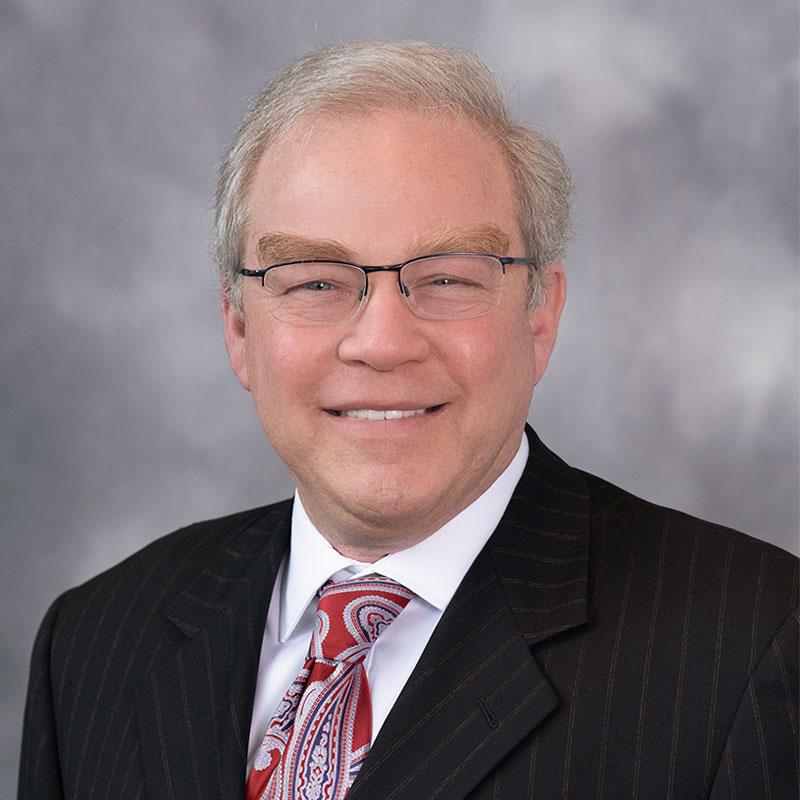Mar 21
2024
Optimizing Workflows with AI/ML In 2024

Responses from Dr. David J. Sand, chief medical officer, ZeOmega.
The healthcare industry is fraught with workflow challenges that impact care quality and costs, but tools like AI and ML have sparked a turning point. These technologies are opening new doors for healthcare organizations to streamline processes and automate tasks with accuracy, allowing staff to focus on matters that require their hands-on attention. David J. Sand, MD, MBA, addresses the need for workflow automation and explains how AI/ML can be a game-changer.
What staffing hurdles are payers and providers facing this year, and why is workflow automation the solution?
Two of the biggest challenges facing the healthcare industry are staffing adequacy and the cost of staffing. COVID took its toll on the healthcare workforce, igniting a spike in labor needs that had a lasting impact on organizations. Consequently, healthcare labor costs surged by 57% post-pandemic and now constitute over 50% of hospital expenses. These financial burdens have severely impacted the industry and contributed to 73 healthcare organizations’ (including 12 hospitals and health systems) bankruptcies in 2023.
Finding and retaining employees is a longer-standing issue that can be partly attributed to factors like staff burnout, spurred by heavy workloads laden with administrative tasks. The industry is also experiencing demands for escalating salaries and workforce strikes from staff who feel overburdened by the escalating pressure to balance workloads laden with administrative duties and meet patients’/members’ needs.
It is more important than ever for healthcare organizations to look at ways to optimize workflows and automate time-consuming manual processes so staff can focus their time on pressing member/patient issues that require hands-on involvement. Technology provides excellent opportunities to improve utilization management by reducing time spent on administrative duties, ultimately reducing staff burden, saving costs, and improving patient/member experience.
How will technology help organizations alleviate staff burden and automate processes in 2024? Can you share any examples of areas in which it may be most impactful?
When we think about how and where technology can assist in healthcare, it’s useful to think in terms of peripheral, or care-adjacent, tasks that don’t involve actual hands-on treatment. Envision repetitive tasks with little variation and processes or workflows that inform our practice. While many of these applications are discrete, they are really part of a continuum.
Ambient listening is one area that is gaining widespread acceptance. The ability to listen and transcribe has become commonplace in many industries. Complaints about the provider looking at the screen rather than the patient, as well as the alternative cost of hiring a human notetaker, can be relieved. Data generated by digital scribes can be mined with natural language processing in real time using keywords and phrases to call relevant insights from the medical record or trigger care recommendations based on large language model queries of, hopefully, rigorously curated big data.
Our challenge is not to just have enough granularity in the data for precision propensity matching but to have adequate outcome data associated with the recommendations. By generating accurate, specific, and consistent recommendations, automated workflows can eliminate unwanted variation caused by human bias, lack of information, or even intentional discretion. The elimination of unwanted variation is the definition of Quality. Analysis of the spoken words can similarly save time dedicated to repetitive and tedious assessments. Contextual information such as speech cadence, tonal variation, and other characteristics can be used to objectively complete and reliably compare behavioral health assessments, potentially more accurately than self-reported measures.